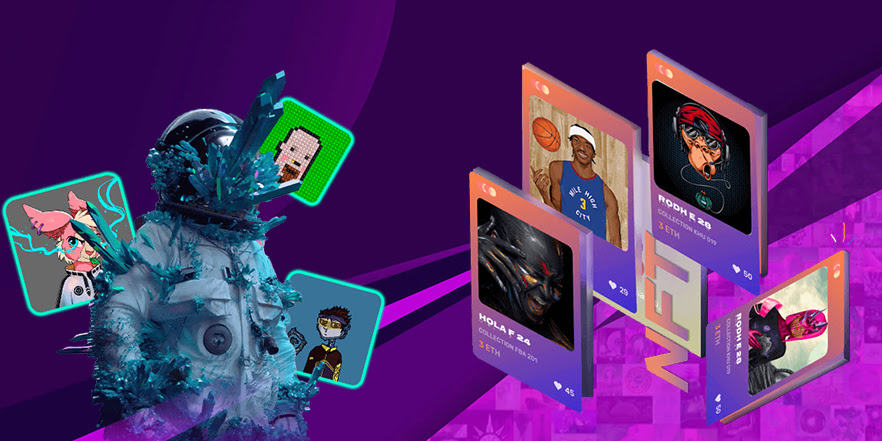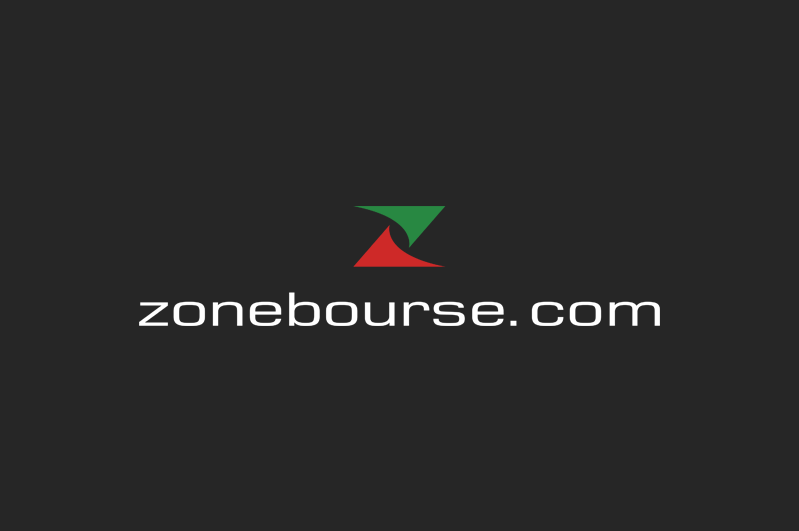An in-depth development guide for creating the NFT Marketplace [Insights, Features & Cost]
![An in-depth development guide for creating the NFT Marketplace [Insights, Features & Cost] An in-depth development guide for creating the NFT Marketplace [Insights, Features & Cost]](https://www.cryptoproductivity.org/wp-content/uploads/2022/10/guide_to_create_nft_marketplace.jpg)
Non-Fungible Tokens are a technological development that supports the digital economy to a large extent. With the sales volume of these assets has grown exponentially. However, the full power of these digitized assets is yet to be revealed. What is set is that they are now worth millions of dollars even though they are in their infancy. The domains involved in their rare, on-demand items are mostly games, sports, art and other collectibles from several other crafts.
NFT marketplace development is something that requires a tedious process, right from the discussion to the launch. This is because the various marketplaces in the industry have shown great interest in the crypto space, especially the NFTs, as they are the driving force behind the entirety of the digital space. This blog will highlight three main things: Workflow, NFT marketplace development and their development costs.

Non-fungible tokens – the relevance of NFTs today!
So, to put it simply, the non-fungible tokens are the digitized files created on a public ledger, also known as the blockchain technology that securely stores all information as data in their nodes. Think of an NFT as a concert poster that entices you while you’re scrolling through social media, and you might be interested in buying it. When you actually buy a very similar poster, it’s not going to be the exact same one you saw on your device.
As said earlier in the description, they are very profitable in the industry for people who swarm around them. Some of the examples to state its excellence are,
The all-time famous tweet sold for $2.9 million.
- A series of NFTs called ‘The Merge’ sold out for $91.8 million.
- ‘Everydays: The First 5000 Days’ is a collage of 5000 beautiful photos, taken over approximately 13 years, daily by the now famous artist Mike “Beeple.” They sold out for $69.3 million, which remains a legendary unbroken record in the art NFT market.
- These are just a few cases in the blockchain world that is constantly pushing its capabilities by itself. The extraordinary popularity achieved by the NFTs is now an important mode of the commodity in the crypto universe.
But before we get into the details of creating a feature-rich NFT marketplace, it’s only right that we understand why NFTs on their own.
What is an NFT Marketplace? And why is it necessary?
The cryptographic tokens, NFTs, have a specific value depending on their rarity and the quality of their attributes. Some of such features are,
- Unique value
- Authenticity
- Integrity
- Always On-Demand
Such incredibly valued NFTs are hosted on a platform equally equipped to sustain the huge amount of minted virtual assets. These platforms are called NFT marketplaces. This is the forum for these NFTs to get users to trade, buy or even auction them. The user can simply enter the platform and upload their unique NFT, and set a fixed price as the owner for the unique items or collectibles.
The framework for the NFT marketplace
- Sign up and register on the NFT Marketplace
- Buying an NFT from an NFT marketplace
- Trading with NFT on the NFT market
Now that their framework is established, let’s learn why these NFT marketplaces are relevant in 2022. When they say numbers cannot decide a man’s destiny, they definitely can decide the NFTs. The volume of NFT trades speaks for itself in the digital sphere. For example,
- The estimated number of NFTs of the global NFT market is around $3 billion by 2022.
- According to the future analysis of the NFT market, it is expected that in two years it will reach 30 times the growth it has now, which is approximately 100 million dollars.
- It is a fact that around 23% of millennials are investing in NFTs, according to Morning Consult, in 2021.
- The monthly estimated NFT sales come to around $1.8 billion with collectibles, metaverse and art categories.
An enlightening guide to creating an NFT marketplace
Developing NFT marketplaces is actually a tedious process. The process has many stages and timely assistance from the maven developers for successful marketplace development. The best NFT platform is made with Smart Contracts on the blockchain, which enables automated behavior of the marketplace with every activity of the users. Below are the steps to create an NFT marketplace, with in-depth details.
1. Identify the niche
- Art NFT Marketplaces
- Gaming NFT Marketplaces
- Sports NFT Marketplaces
- Lots of NFT marketplaces
- E-learning NFT marketplaces
- Investment NFT Marketplaces
- Security NFT Marketplaces
- Real estate NFT marketplaces
2. Function integration on the market
- Shop front
- Token Search system
- Categories of NFTs
- Bid entries
- Crypto wallet
- NFT’s Minting
- Ratings and reviews
3. Choose your NFT marketplace’s monetization strategies
- Listing Fees – They are the costs set for the sellers to list the NFTs on the market.
- Gas taxes – They are the withholding tax in the platform when a transaction is carried out.
- Setup Fees – They are the fee collected by the platform from the creators for their first time NFT listings.
- Bid fees – For each bid on the marketplace, the bidders must pay a certain amount.
- Through advertising and campaigns – This is a method of making money by enabling the NFTs to be promoted for the companies with every advertisement placed on the market.
4. Design and develop the UI/UX design
- The UI, i.e. the user interface, supports the platform’s functionality as it is the first thing the user sees when they land on the website. They interact directly with users.
- UX, i.e. the user experience, is the creation that provides practical navigation to the users. They do not interact directly with users.
5. Choose the right technology stack
Front-end development
Think of the Front-End development in the platform as the welcome screen on all your social media. The graphical user interfaces you see on a website or mobile app screen have all the necessary functionality to view the content and interact with the users. The programming languages used for website development are Angular. JS, React.JS, etc. and as for the mobile application, the product uses Java and Kotlin in androids and Swift for iOS.
Back-end development
The back-end development helps the user to enjoy the server which can identify the communication mode between the server and the database. For example, some technology stacks were used for the NFT marketplace development using Java, PHP and Python as their programming languages and Symfony, Flask and Spring for the forum architecture.
- Develop the NFT market
- Let the developed NFT marketplace undergo test runs
- Distribute the NFT marketplace
- Promote and collect reviews of marketplace developments
- Round-the-clock technical support after deployment
- Planning of ongoing development
The expenses of creating your NFT marketplace
The highly anticipated part of the blog, especially for content like NFT marketplace development, is the costs that are put into the entire development process. The NFTs are volatile in nature. It’s just smart to understand that they can fluctuate at any time with the ever growing crypto market. The cost of developing the White-label NFT marketplace depends solely on a number of factors in the market.
1. Cost for the development company
2. The intricacy of the applications
3. The degree of adaptation
4. Cost of the expert developers
5. Further integration of features like Crypto Wallets, etc.
6. Time spent on development
7. API Integration from Third Party Services.
8. Technological stacks
9. Development of UI/UX design – Logo, icons and other necessary animations.
Roughly, the total cost of a proper NFT marketplace development takes anywhere from $50,000 to $150.00 for each unique functionality.
Peroration
The process of creating NFT marketplace development that encompasses all the key factors for a successful platform that brings attention to the valued NFTs. It is important to realize that the platform’s vehicle is the ecosystem it aspires to. While choosing a blockchain network best suited for your platform is difficult, the much-needed professional support of the tech geeks eases the burden.
If you go for the white label NFT marketplace development company, choose the best trusted and reputable network on your behalf to build the forum that can make trading easier and more comfortable. Worried about the cost and success rate of your crypto venture? Allier with white label, and offers all NFT-based services under one roof.
























